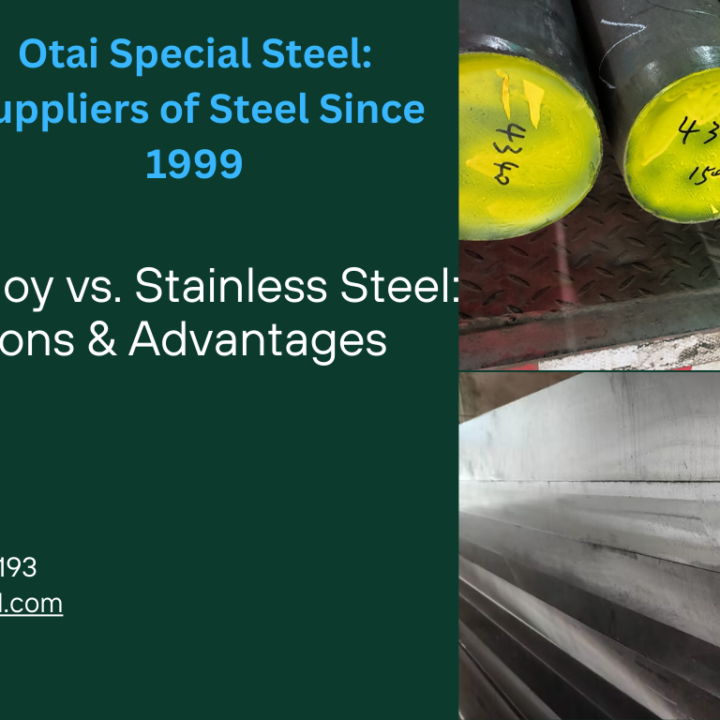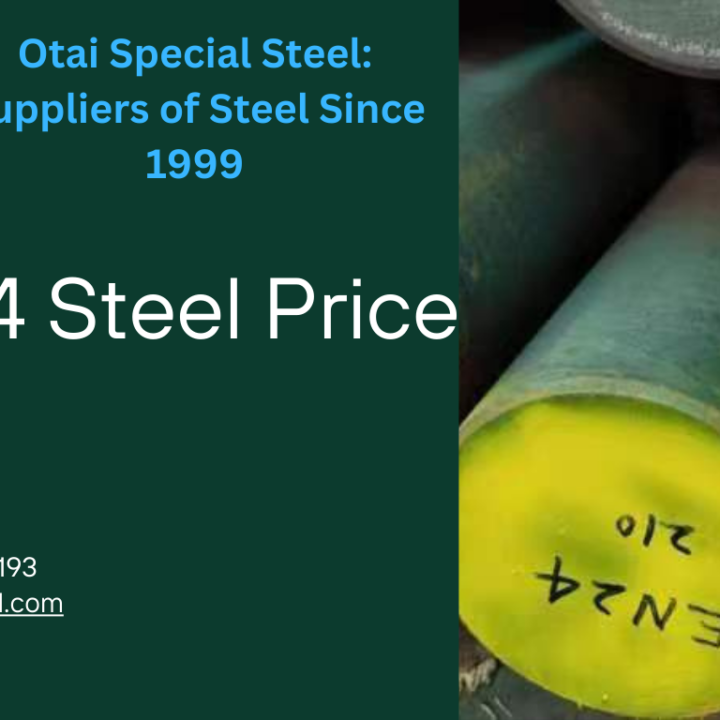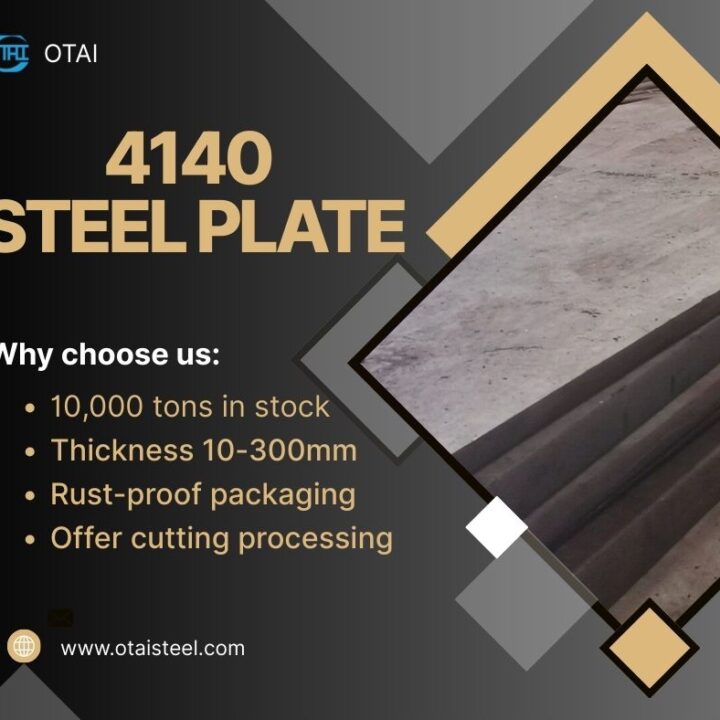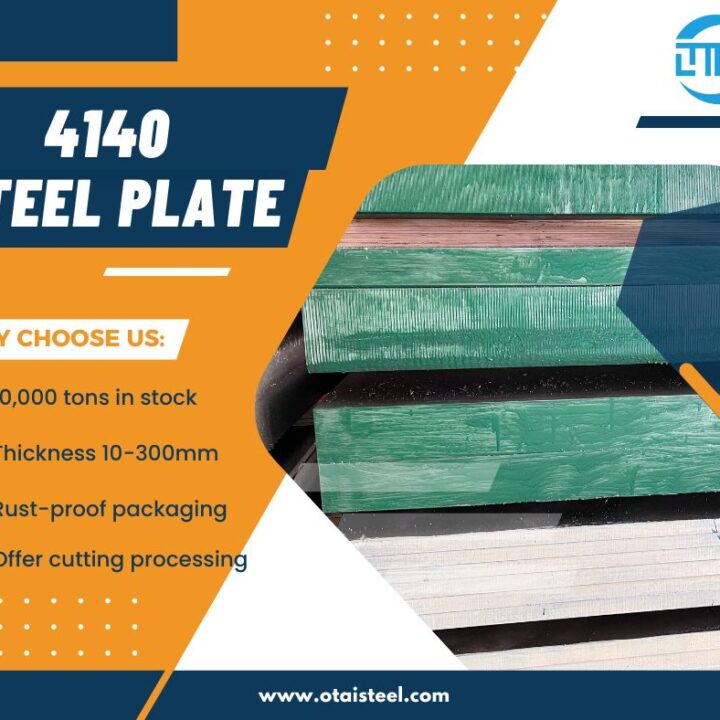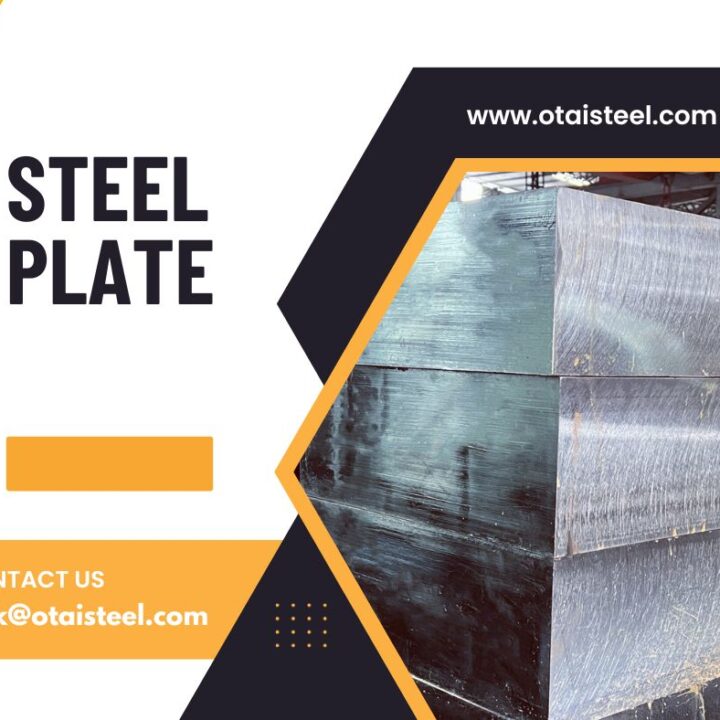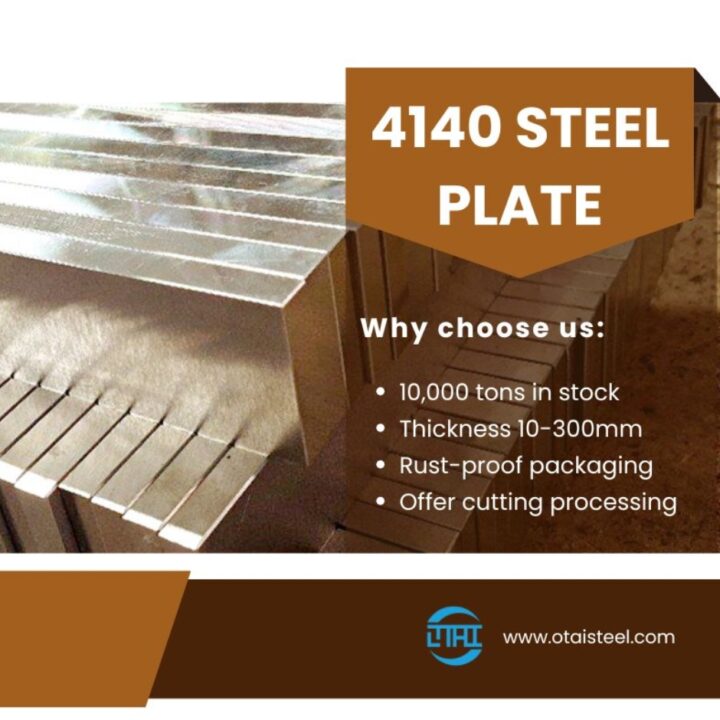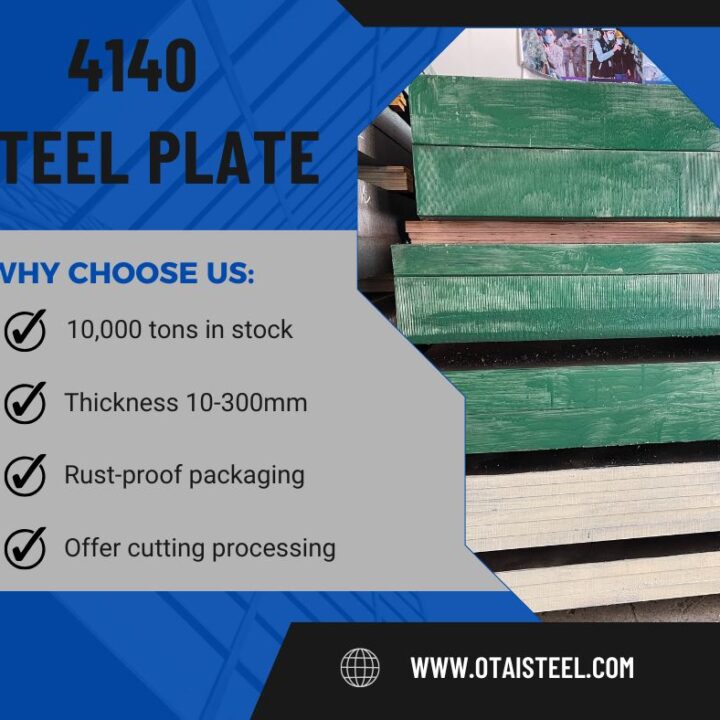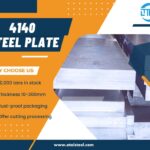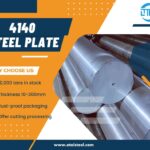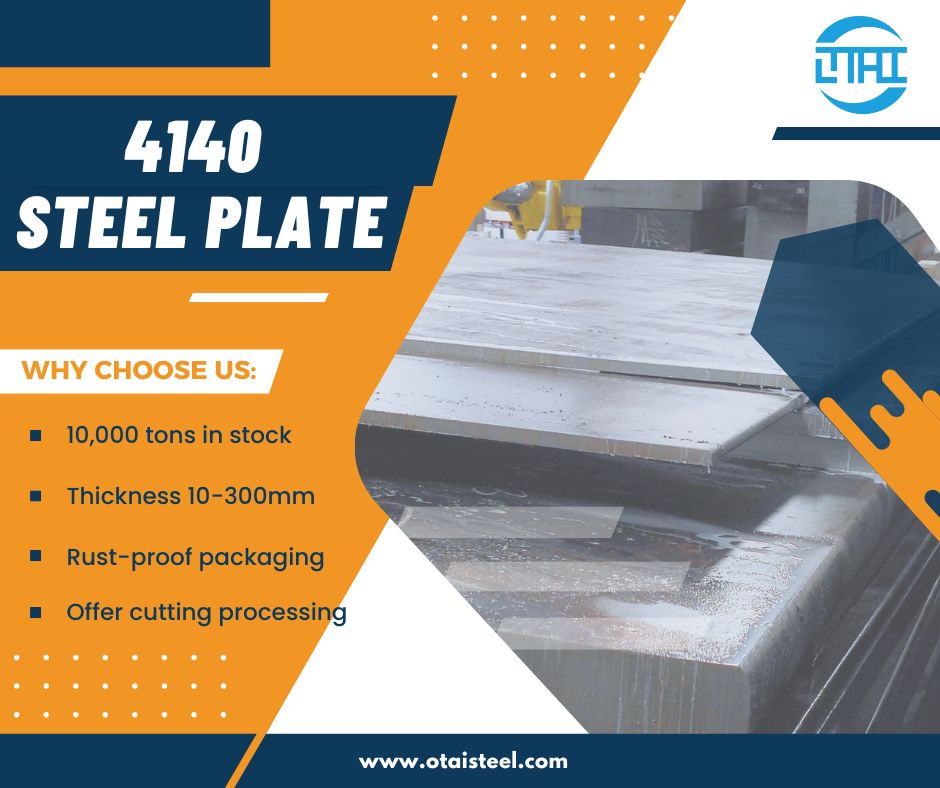 Is 4140 steel hot or cold rolled?
Is 4140 steel hot or cold rolled?
When you’re working with 4140 steel, one common question pops up again and again: is 4140 steel hot or cold rolled? The answer isn’t as straightforward as a simple yes or no—4140 steel is available in both hot rolled and cold rolled forms, and each version comes with its own set of properties, applications, and advantages. 🛠️ So how do you choose the right one for your project?
Let’s dive in and explore everything you need to know about 4140 steel rolling methods, from mechanical behavior to surface finish and application suitability.
🔍 What Does “Hot Rolled” or “Cold Rolled” Mean?
Before we look at 4140 specifically, it’s important to understand what hot rolling and cold rolling mean in the steel manufacturing process.
-
Hot rolling involves processing the steel at high temperatures (typically over 1700°F or 926°C). This makes the steel easier to shape and form.
-
Cold rolling, on the other hand, is performed at room temperature. This creates a harder, more dimensionally accurate product with a better surface finish.
These different rolling processes produce very different material characteristics—even when starting with the same steel grade like 4140.
📊 Hot Rolled vs Cold Rolled 4140: Property Comparison
Here’s a quick reference table comparing the key differences between hot rolled 4140 and cold rolled 4140:
| Property | Hot Rolled 4140 | Cold Rolled 4140 |
|---|---|---|
| Production Temperature | ~1700°F (926°C) | Room temperature |
| Surface Finish | Rougher, mill scale | Smoother, cleaner surface |
| Dimensional Accuracy | Lower | Higher |
| Internal Stresses | Lower | Higher (requires stress relieving) |
| Hardness | Lower (~22-30 HRC) | Higher (~30-35 HRC) |
| Yield Strength | ~655 MPa | ~850 MPa |
| Elongation | Higher (~20%) | Lower (~10-12%) |
| Typical Applications | Forgings, general fabrication | Shafts, bushings, precision components |
These values show just how significant the differences between hot rolled and cold rolled 4140 can be in terms of performance and machinability.
🛠️ When Should You Choose Hot Rolled 4140?
Hot rolled 4140 is generally the preferred choice for structural applications or where dimensional accuracy is not critical. It’s often used in:
-
Gears and axles
-
Forged parts
-
Brackets and base plates
-
Agricultural equipment
Thanks to its ease of fabrication and lower cost, hot rolled 4140 steel mechanical properties are suitable for applications that undergo secondary processing like machining or heat treatment.
It’s also ideal if your part will later be normalized or quenched and tempered, as the starting roughness won’t matter much.
⚙️ When Is Cold Rolled 4140 the Better Choice?
If you’re working on a project where high precision and surface quality matter, cold rolled 4140 steel properties will serve you better. Cold rolling tightens the tolerances and increases the yield strength, which makes it great for:
-
Precision shafts
-
Bushings
-
Tooling components
-
Hydraulic machinery
Cold rolling also results in a more uniform microstructure and hardness, which reduces the amount of post-machining required.
Still, it’s worth noting that cold rolled material often needs to be stress-relieved, since internal stresses can lead to warping during further machining or heat treatment.
🧪 Rolling Process and Heat Treatment Compatibility
You might also wonder about the 4140 steel rolling process compatibility with heat treatment. Good news—whether hot or cold rolled, 4140 responds very well to processes like:
-
Quenching and tempering
-
Normalizing
-
Annealing
However, heat treatment outcomes may vary depending on whether the material is hot or cold rolled. Cold rolled 4140, for instance, may require pre-heat treatment normalization to relieve internal stresses before hardening.
🔎 How to Identify Hot vs Cold Rolled 4140
Need to tell which one you’re working with? Here are some quick identifiers:
| Feature | Hot Rolled | Cold Rolled |
|---|---|---|
| Surface | Dark, scaly, rough | Smooth, matte or shiny |
| Edges | Rounded | Sharp and square |
| Tolerances | Looser | Tight (can meet ±0.001″ specs) |
| Weight/Hardness | Slightly lighter, softer | Heavier, harder |
These tips can help you quickly perform a how to identify cold rolled 4140 check before machining or heat treating.
🧰 Which One Should You Use?
It really comes down to your application needs. If you’re after:
-
Tight tolerances
-
Improved machinability
-
Better surface finish
Then cold rolled is likely the best choice.
But if your priorities are:
-
Lower cost
-
Good weldability
-
General forming and fabrication
Then hot rolled material will do the job just fine.
Still not sure? When in doubt, talk to your supplier—especially if you’re deciding whether 4140 steel better hot rolled or cold rolled for your project.
🏢 Company Advantages – Why Choose Otai Special Steel?
At Otai Special Steel, we specialize in both hot rolled and cold rolled 4140 steel plates, bars, and forged products. Here’s what makes us the preferred supplier for customers worldwide:
-
🌎 Global Clients: Serving top-tier companies like Thyssenkrupp and Schlumberger.
-
🏭 Large Inventory: Over 10,000 tons of stock, ready for immediate delivery.
-
🧪 Quality First: All materials undergo ultrasonic testing, chemical composition checks, and third-party inspections.
-
✂️ Customization Services: Cutting, heat treatment, CNC machining, and special packaging available.
-
💬 Expert Support: Get technical advice, material certification, and quick response from our experienced team.
❓ FAQ – Frequently Asked Questions
Q1: Is 4140 always cold rolled?
No. 4140 is available in both hot rolled and cold rolled forms. Choose based on your application needs.
Q2: What is the main difference in performance?
Cold rolled 4140 has better surface finish and dimensional accuracy, while hot rolled 4140 is more cost-effective and easier to fabricate.
Q3: Can I heat treat cold rolled 4140 steel?
Yes, but you may need to normalize it first to relieve internal stresses.
Q4: Does cold rolling affect the alloy composition?
No, the chemical composition remains the same—it’s the rolling method that alters physical properties.
Q5: Which is better for machining, hot rolled or cold rolled?
Cold rolled 4140 offers better machinability due to its uniform hardness and tighter tolerances.
